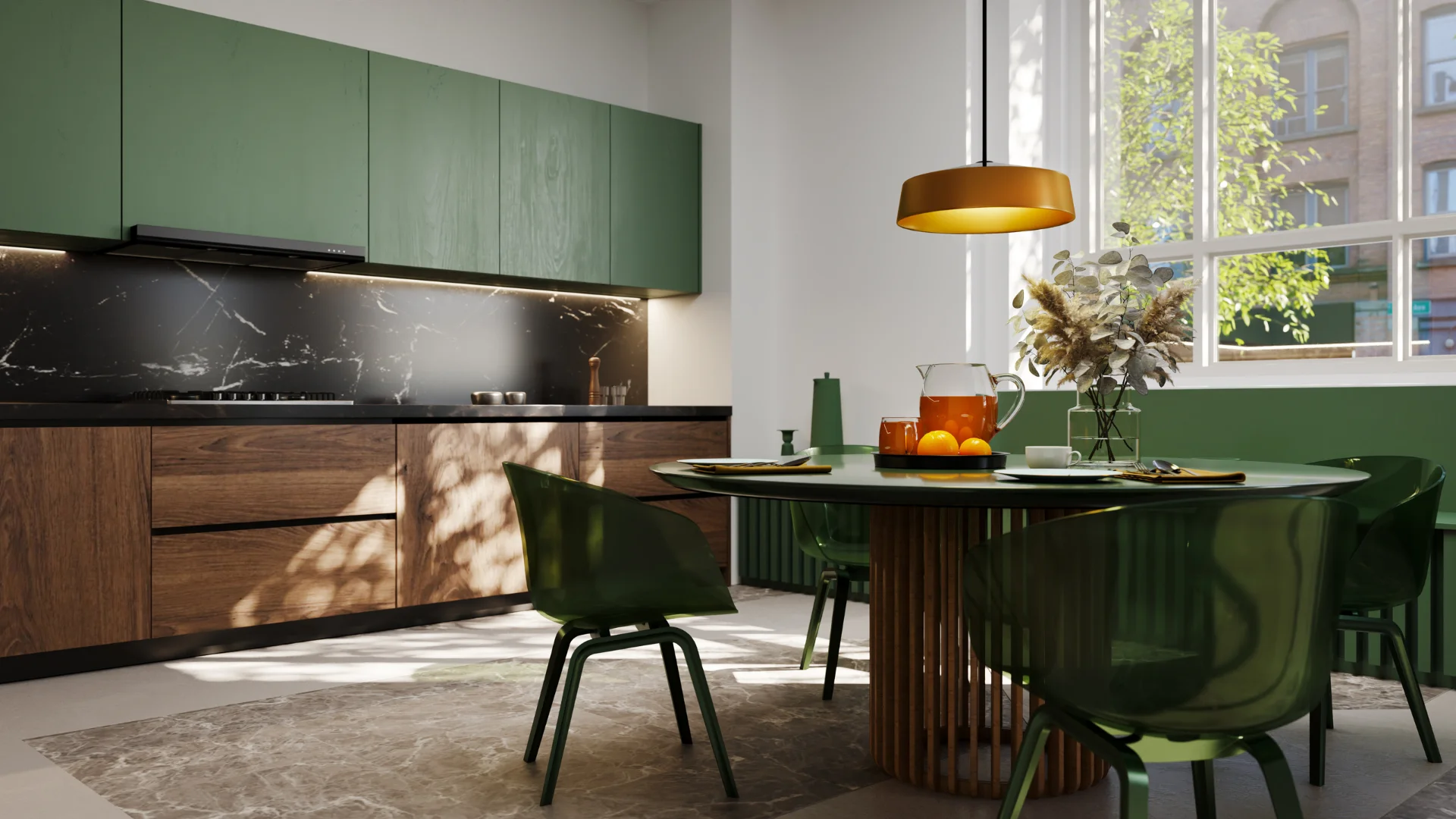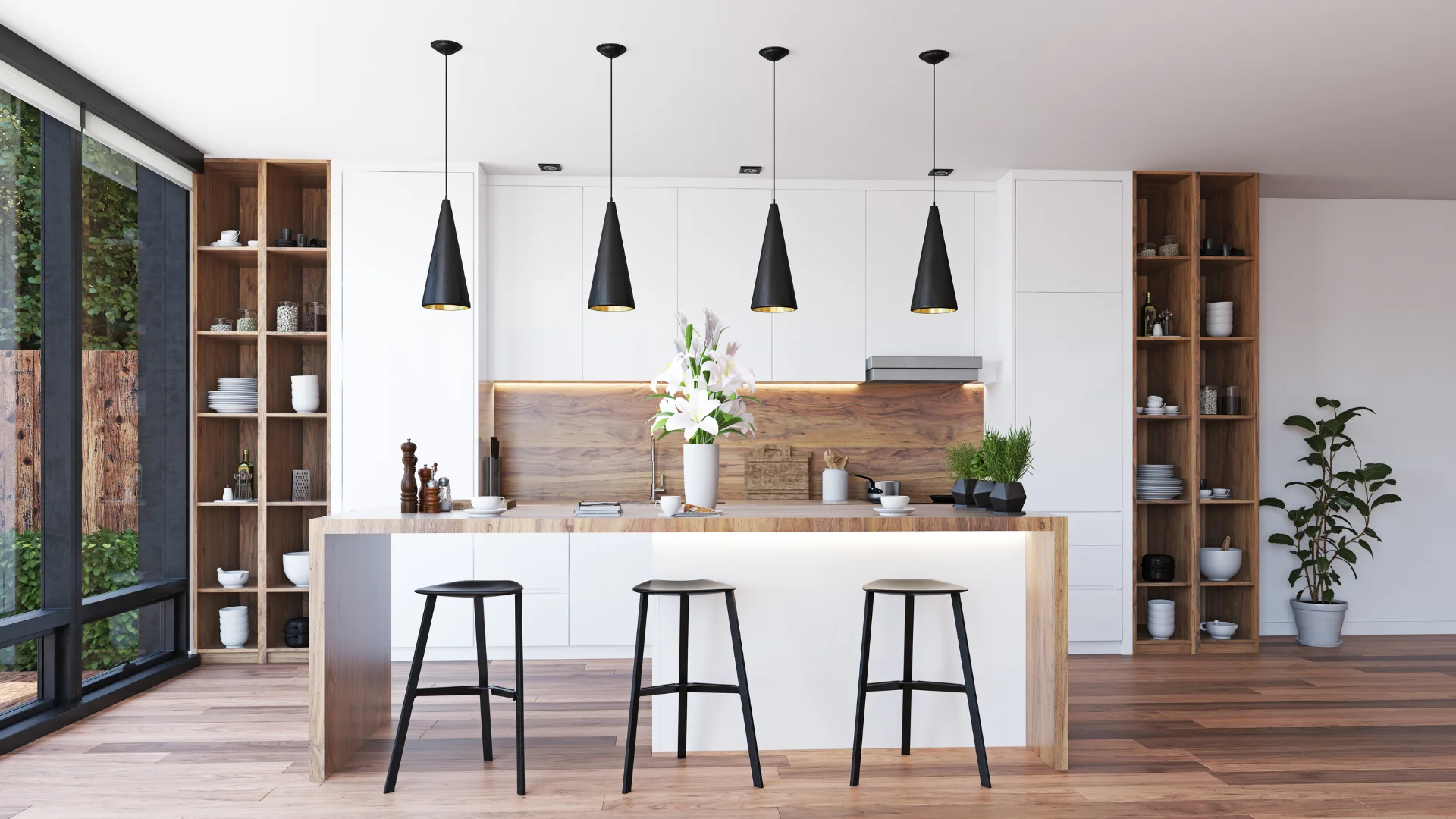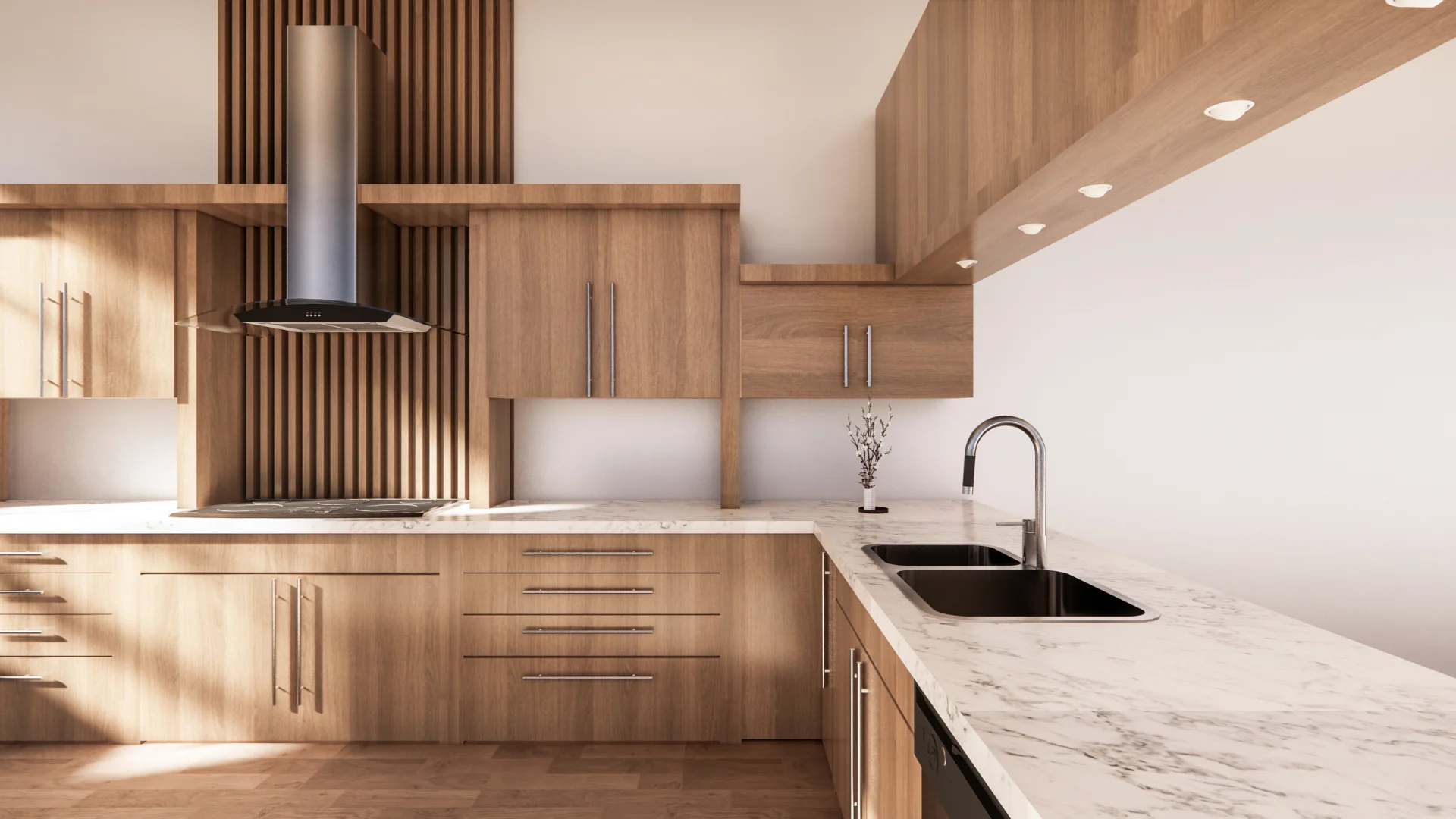Introduction
DIY kitchen remodeling can be an exciting and rewarding project that not only enhances the functionality and aesthetics of your home but also increases its value. This guide provides an overview of everything you need to know about undertaking a kitchen remodel, including who can do it, how to get started, average costs, best and easiest projects, necessary tools, and safety considerations.
Who Can Do It?
DIY kitchen remodeling is suitable for anyone with a basic understanding of home improvement tasks and a willingness to learn. While some projects may require professional help, many aspects can be handled by homeowners. DIY enthusiasts, new homeowners, and those looking to save on labor costs are ideal candidates for tackling kitchen remodels.
How to Get Started
Planning and Budgeting
Start by creating a detailed plan and budget for your kitchen remodel. Identify your goals, such as improving functionality, updating aesthetics, or increasing home value. Research design ideas and materials, and make a list of necessary tools and supplies.
Design and Layout
Decide on the layout and design of your kitchen. Consider factors such as the workflow, placement of appliances, and storage needs. Tools like online kitchen design software can help visualize your ideas.
Permits and Regulations
Check local building codes and regulations to determine if any permits are required for your project. Common tasks like electrical work or structural changes often require permits.
Average Cost of Projects
Cost Breakdown
The cost of a kitchen remodel can vary widely based on the scope of the project and the materials used. According to Bob Vila, the average cost of a kitchen remodel ranges from $14,551 to $40,541, with a national average of around $26,180 (Bob Vila) (The Mortgage Reports). Factors affecting cost include the size of the kitchen, quality of materials, and labor.
Project Categories
- Small-scale remodels: $10,000 to $20,000, focusing on cosmetic updates like painting, replacing fixtures, and minor repairs.
- Mid-scale remodels: $20,000 to $70,000, including replacing cabinets, countertops, and appliances.
- Large-scale remodels: $70,000 to $130,000 or more, involving major structural changes, high-end materials, and custom features (Bob Vila) (The Mortgage Reports).
Best Projects
High-ROI Projects
- Cabinet Refacing or Replacement: Updating cabinets can drastically change the look of your kitchen. Refacing costs less than replacing and still provides a significant visual impact.
- Countertops: Installing new countertops, especially materials like granite or quartz, can add value and improve functionality.
- Backsplash: A new backsplash is a relatively low-cost project that adds a stylish touch to your kitchen.
- Energy-Efficient Appliances: Upgrading to energy-efficient appliances can save on utility bills and attract eco-conscious buyers (The Kitchn) (Nelson Cabinetry).
Cost-Effective Projects
- Painting: Repainting walls and cabinets is an affordable way to refresh your kitchen.
- Lighting: Updating or adding lighting fixtures can enhance the kitchen’s ambiance and functionality.
- Hardware: Replacing cabinet handles, knobs, and faucets is a quick and inexpensive upgrade.
Easiest Projects
DIY-Friendly Tasks
- Installing Shelves: Adding open shelves for storage and display is a simple project that can be completed with basic tools.
- Peel-and-Stick Backsplash: These tiles are easy to install and come in various designs, making them an excellent DIY project.
- Replacing Fixtures: Changing out light fixtures, faucets, and cabinet hardware can be done with minimal experience and tools (HomeGuide) (Southern Living).
Usual Tools
Essential Tools for Kitchen Remodeling
- Cordless Drill: For drilling holes and driving screws.
- Saw: A circular saw or jigsaw for cutting wood and other materials.
- Measuring Tape: Ensures accurate measurements.
- Level: For making sure installations are even.
- Screwdrivers: Both flathead and Phillips.
- Utility Knife: For cutting materials like drywall and insulation.
- Safety Gear: Gloves, goggles, and dust masks for protection.
Safety Considerations
General Safety Tips
- Wear Protective Gear: Always use gloves, goggles, and masks when necessary.
- Follow Instructions: Read and follow manufacturer instructions for all tools and materials.
- Electrical Safety: Turn off power at the breaker box before working on electrical components.
- Proper Ventilation: Ensure adequate ventilation when using paints, adhesives, or other chemicals.
- Stable Work Environment: Keep your work area clean and organized to prevent accidents.
Specific Safety Measures
- Ladder Safety: Use ladders safely by ensuring they are stable and not overreaching.
- Handling Heavy Materials: Lift heavy items with your legs, not your back, and get help if needed.
- Tool Maintenance: Keep tools in good condition and replace any that are damaged.
Conclusion
DIY kitchen remodeling can be a fulfilling project that enhances your home’s value and functionality. By carefully planning, budgeting, and choosing the right projects, you can achieve significant improvements without breaking the bank. Remember to prioritize safety, use the proper tools, and know when to call in professionals for complex tasks. With the right approach, your dream kitchen is within reach.







